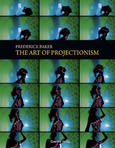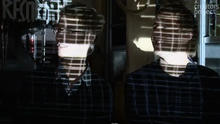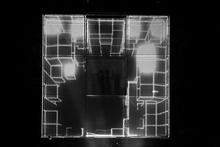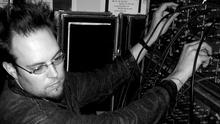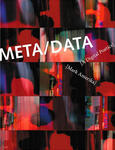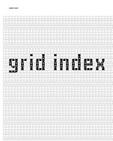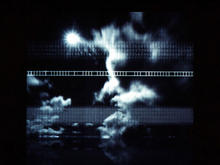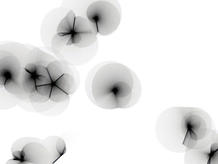BOOM-Box
(2008)by 1024 architecture is designed as an oversized Ghetto Blaster where a DJ stage takes the place of the tape recorder. It can work for any outdoor event: the Boom-box is huge, luminous, noisy and playful.
The BOOM-box is a concept that we have worked on for a long time. First created for the Amiens Nuits blanches in 2008, it has now been adapted to the demands of the international techno festival Godskitchen that tours throughout the world.
Its big scale conceals a great work on details. Everything has been custom-made for the show, from the 16 x 8m scaffolding structure, to the visuals, which represent music items, such as the ghetto-blaster, the DJ record decks, sound level displays. Architectural visuals give a depth to the stage ; even the geographical position of the party can be displayed.
The interface program between sound and image, that we call the BOOM-Boxer, has also been designed from scratch to be as playful as possible thanks to our adapted joystick control system.
The lighting design, with stroboscopes, blinders and moving lights has also been elaborated to enhance the show
Source: 1024 architecture

